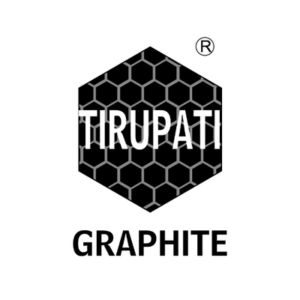The discovery of graphene, a Nobel Prize-winning material, marks its 20th anniversary today, on Tuesday, 22 October. This groundbreaking material, isolated by Professor Sir Andre Geim and Professor Sir Kostya Novoselov at the University of Manchester in 2004, has since earned them the Nobel Prize in 2010 for their pioneering work. Graphene, the world’s first two-dimensional material, is a marvel. It is thinner than a human hair but far stronger than steel, and possesses both electrical and thermal conductivity while being transparent. Its unique properties have opened up new possibilities in various sectors, offering solutions to significant challenges.
Graphene’s applications extend into transport, medicine, electronics, energy, defence, and even desalination. For example, in the construction industry, graphene has been integrated into concrete to improve its strength and longevity. This reduces the demand for cement, one of the major contributors to global CO2 emissions, and enhances the overall sustainability of the material. In the field of medicine, graphene is advancing targeted drug delivery systems, allowing for more precise treatments. In the realm of energy, graphene enables better energy storage solutions, critical for extending the life of renewable energy sources. Its lightweight yet strong structure has also found use in reducing the weight of vehicles, such as cars and aeroplanes, thereby decreasing their energy consumption.
A notable application in the consumer world includes the creation of running shoes with 25% more energy return compared to traditional EVA foams. These shoes are also more resistant to compressive wear, showcasing the material’s potential even in sportswear innovation. The impact of graphene was even celebrated by Prince William and Catherine, who were introduced to the world’s first graphene-enhanced car, further highlighting the material’s versatility.
Graphene has also made its mark in the world of art. During the reopening of Manchester’s Whitworth art gallery, Kostya Novoselov collaborated with artist Cornelia Parker to create a graphene switch that ignited a fireworks display. The switch was crafted from graphite fragments taken from drawings by famous artists such as Blake, Turner, Picasso, and Constable, symbolising the fusion of art and science.
Looking ahead, the next 20 years promise even more remarkable advancements. In a city famous for its rain, Manchester researchers are exploring ways to generate energy from raindrops using graphene-based nanocapillaries. Dr Qian Yang’s work on this innovative form of renewable energy is just one example of the exciting research underway. Graphene brain implants are also poised to revolutionise precision surgery in cancer treatment, with Manchester researchers collaborating with INBRAIN Neuroelectronics to push the boundaries of brain-computer interface technology.
Further research is being conducted by Dr Marilena Hadjidemetriou and her team, focusing on the use of nanotechnology for early detection of brain diseases. Their work, part of Manchester’s vibrant 2D materials science community, has been supported by a €1.5 million grant from the European Research Council. Meanwhile, new sensor technology based on hexagonal boron nitride, a 2D material related to graphene, offers a more sensitive and accurate approach to diagnosing and treating respiratory diseases.
Graphene’s potential also extends into sectors like food and agriculture. Professor Rahul Nair, the newly appointed Royal Academy of Engineering Research Chair, is working on advanced filtration membranes that could improve sustainability in the food and drinks industry. These membranes, based on graphene and other 2D materials, aim to promote healthier and more responsible plant-based food production. The development of modular smart homes made from recycled products is another exciting project at the Graphene Engineering Innovation Centre, in collaboration with Vector Homes, pointing towards a future of affordable and sustainable housing.
Graphene’s contributions are even shaping the future of agriculture. Researchers are investigating its use in Gelponics, a soil-less plant cultivation method, to help grow crops more sustainably. These innovations represent just a fraction of what graphene has to offer as its role in scientific research and practical applications continues to expand.
Tirupati Graphite PLC (LON:TGR) is a fully integrated specialist graphite and graphene producer, with operations in Madagascar and India. The Company is delivering on this strategy by being fully integrated from mine to graphene. Its global multi-location operations include primary mining and processing in Madagascar, hi-tech graphite processing in India to produce specialty graphite, and a state-of-art graphene and technology R&D center to be established in India.


